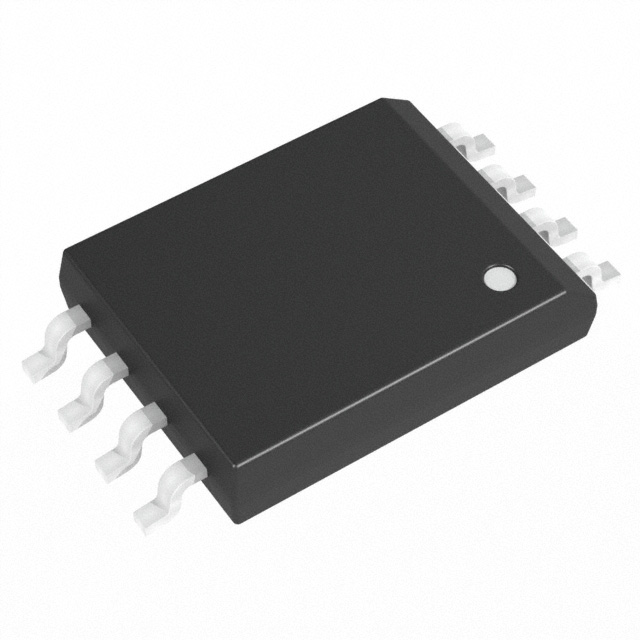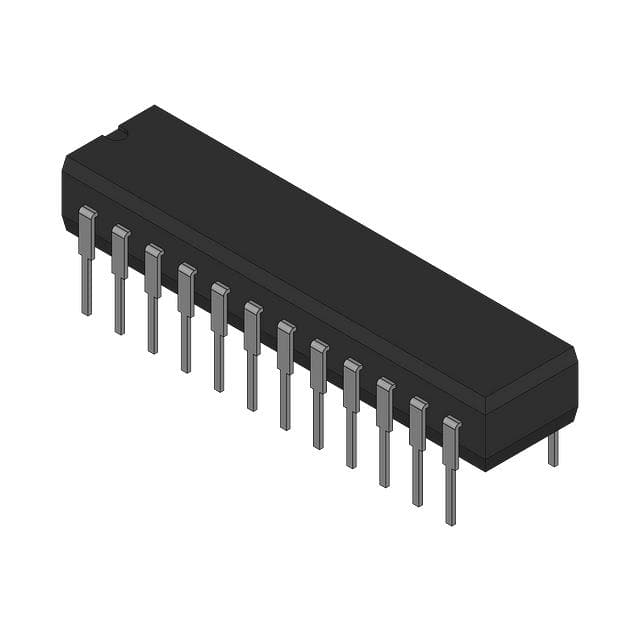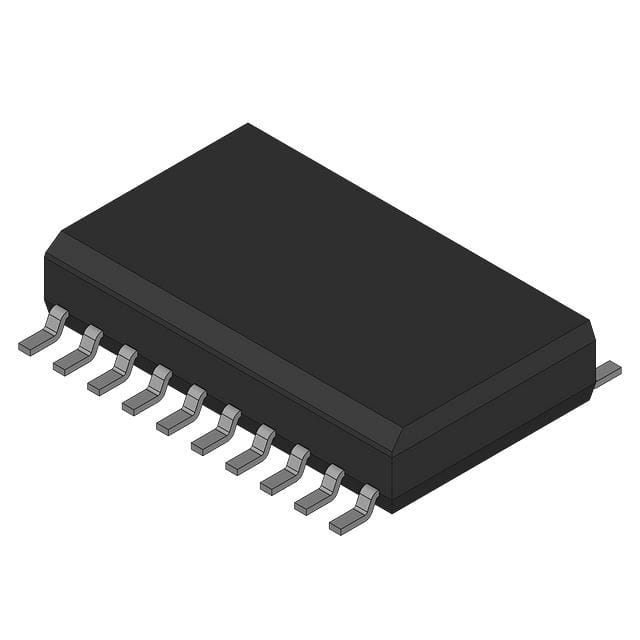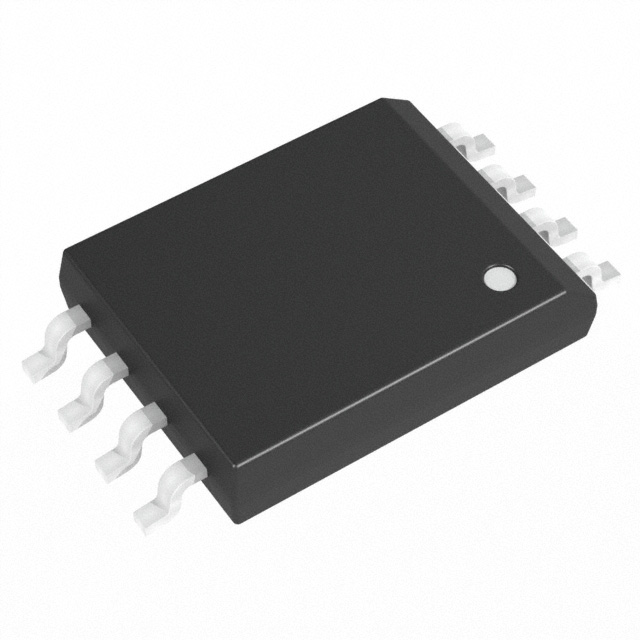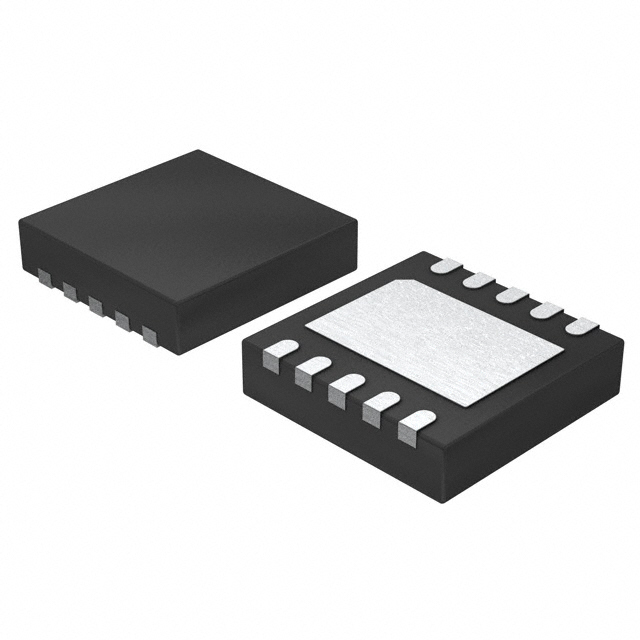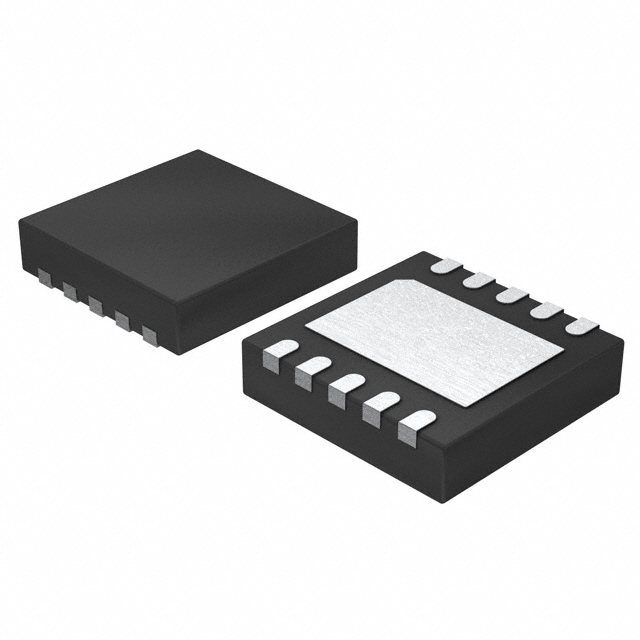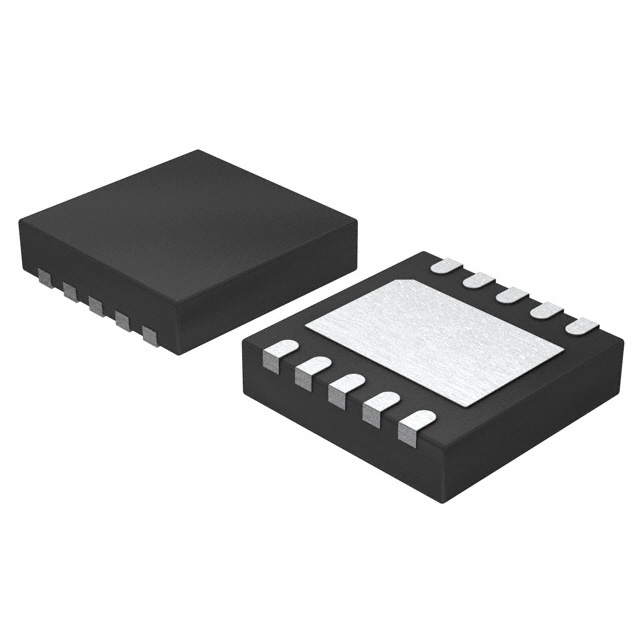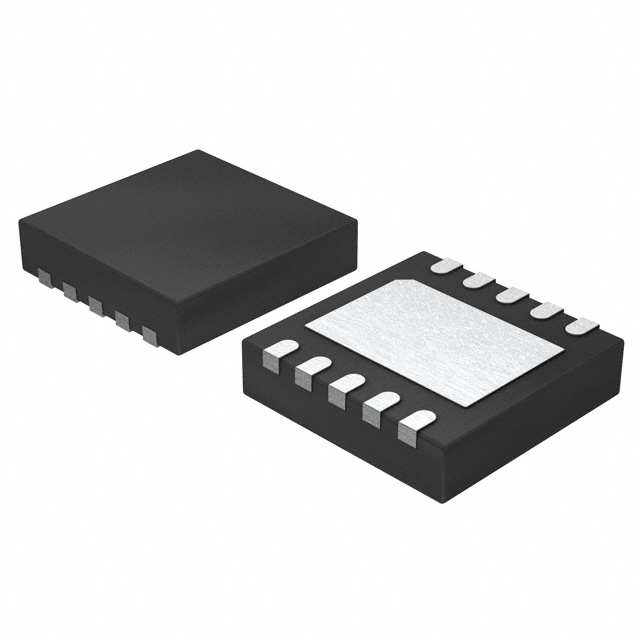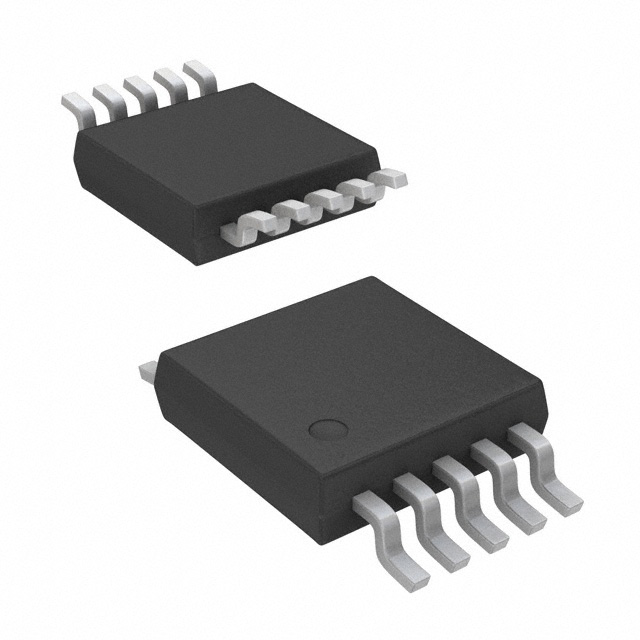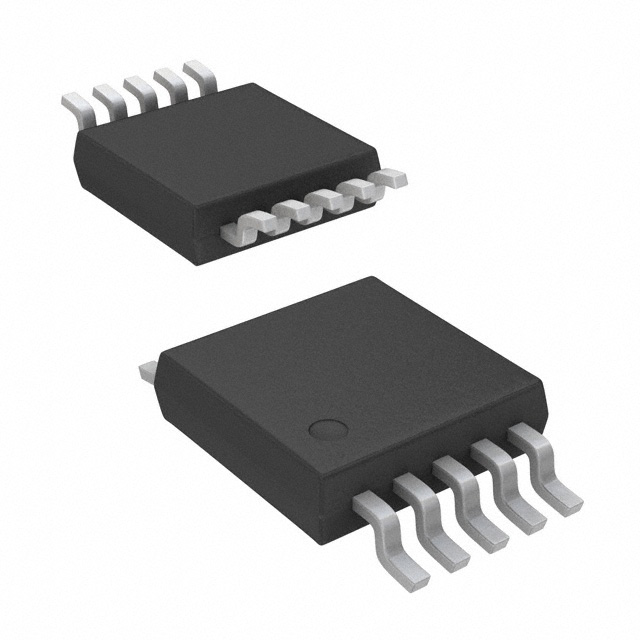MCP3564R-E/ST Product Introduction:
Microchip Technology Part Number MCP3564R-E/ST(Data Acquisition - Analog to Digital Converters (ADC)), developed and manufactured by Microchip Technology, distributed globally by Jinftry. We distribute various electronic components from world-renowned brands and provide one-stop services, making us a trusted global electronic component distributor.
MCP3564R-E/ST is one of the part numbers distributed by Jinftry, and you can learn about its specifications/configurations, package/case, Datasheet, and other information here. Electronic components are affected by supply and demand, and prices fluctuate frequently. If you have a demand, please do not hesitate to send us an RFQ or email us immediately sales@jinftry.com Please inquire about the real-time unit price, Data Code, Lead time, payment terms, and any other information you would like to know. We will do our best to provide you with a quotation and reply as soon as possible.
Introducing the Microchip Technology MCP3564R-E/ST, a cutting-edge microchip that revolutionizes the world of electronics. This advanced device is designed to provide exceptional performance and versatility, making it an ideal choice for a wide range of applications.
One of the standout features of the MCP3564R-E/ST is its high-resolution analog-to-digital converter (ADC), which offers 24-bit resolution and a sampling rate of up to 64 kilosamples per second. This ensures accurate and precise data conversion, making it perfect for applications that require high-resolution measurements.
Additionally, this microchip boasts an integrated voltage reference and temperature sensor, eliminating the need for external components and simplifying the design process. It also features a flexible serial interface, allowing for seamless integration with various microcontrollers and other devices.
The MCP3564R-E/ST is well-suited for a wide range of applications, including industrial automation, energy management systems, medical devices, and scientific instruments. Its high-resolution ADC makes it ideal for precise measurement and control tasks, while its compact size and low power consumption make it suitable for portable and battery-powered devices.
With the Microchip Technology MCP3564R-E/ST, you can expect exceptional performance, versatility, and ease of use. It is the perfect solution for engineers and designers looking to enhance their products with high-resolution data conversion capabilities.
Analog to digital Converters (ADCs) are electronic devices used to convert continuously varying Analog signals into discrete Digital signals. This process usually includes three steps: sampling, quantization and coding. Sampling means capturing the instantaneous value of an analog signal at a fixed frequency; Quantization approximates these transient values to the nearest discrete level; Finally, the encoding converts the quantized value into binary numeric form.
Application
ADCs(Analog-to-digital Converters) is widely used in a variety of scenarios, such as audio and video recording, measuring instruments, wireless communications, medical devices, and automotive electronics. For example, in audio devices, the ADC is responsible for converting the sound signal captured by the microphone into a digital format for easy storage and transmission.
FAQ about Data Acquisition - Analog to Digital Converters (ADC)
-
1.
Why do we need analog-to-digital converters?
The reasons why we need analog-to-digital converters mainly include the following:
Digital system processing: Many computers and electronic devices are digital systems, which are more suitable for processing digital signals. Analog signals are difficult to process in digital systems, and after analog-to-digital conversion, the signals can be represented, stored and processed in digital form.
Noise immunity: Digital signals are more noise-resistant than analog signals. Digital signals can be protected and restored by means such as error correction codes, while analog signals are easily interfered by noise.
Accuracy: Digital signals are more accurate because they can be represented with higher resolution. Analog signals have accuracy limitations, and analog-to-digital conversion can improve the resolution of the signal.
Application scenarios: Analog-to-digital converters are widely used in many fields, including automatic control systems, audio and video processing, sensor interfaces
-
2. What is the principle of analog-to-digital converters?
The working principle of the analog-to-digital converter (ADC) is to convert analog signals into digital signals through four processes: sampling, holding, quantization, and encoding.
The main components of the analog-to-digital converter include samplers and quantizers, which work together to convert continuous analog signals into discrete digital signals. This process requires a reference analog quantity as a standard, and the maximum convertible signal size is usually used as the reference standard. The basic principles of the analog-to-digital converter can be summarized as follows:
Sampling: The analog-to-digital converter first samples the input analog signal through a sampling circuit, that is, discretizes the analog signal on the time axis.
Holding: The sampled signal is held by the holding circuit for the next quantization and encoding process.
Quantization: The quantization process is to divide the amplitude of the sampled and held analog signal into a finite number of le
-
3. What is the difference between ADC and DAC?
The main difference between ADC and DAC is that they process different types of signals and conversion directions.
The main function of an ADC (analog-to-digital converter) is to convert analog signals into digital signals. This process involves sampling, quantization, and encoding, where sampling is the periodic measurement of the value of an analog signal at a certain sampling rate, quantization is the conversion of the sampled continuous values into a finite number of discrete levels, and encoding is the conversion of the quantized discrete levels into binary code. The output of the ADC is a digital signal that can be processed and stored by a computer or other digital circuit for various applications such as digital signal processing, data logging, and communications. Common applications in life include microphones, digital thermometers, digital cameras, etc., which convert the actual perceived analog information into digital signals for further processing and analysis12.
DAC (
 Lead free / RoHS Compliant
Lead free / RoHS Compliant














